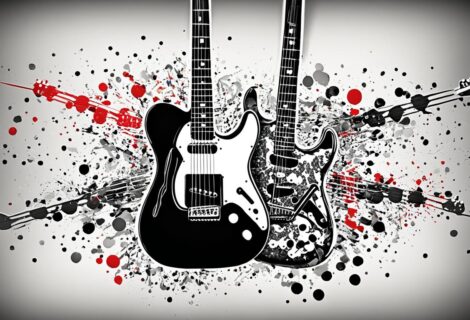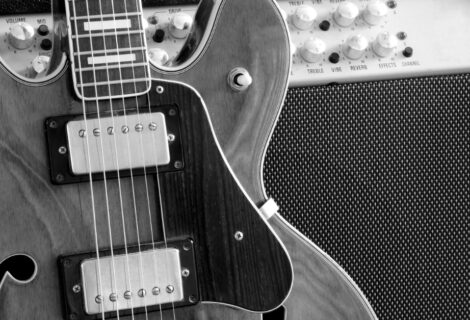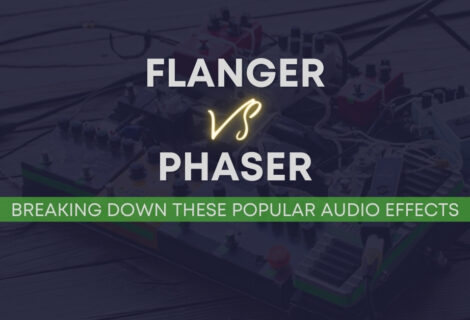
EQ Cheat Sheet | The Only Guide You’ll Ever Need!
Knowing where each instrument fits in a frequency spectrum will help you achieve mixes that stand up to commercial releases.

Knowing where each instrument fits in a frequency spectrum will help you achieve mixes that stand up to commercial releases.

When you think about electric guitars, two iconic names that almost certainly come to mind are the Fender Stratocaster and the Telecaster. These two legends of the guitar world have shaped the sound and style of music across every genre, from rock and blues to jazz and country. But what makes these guitars so special, and how do they compare to each other?

Ever wonder why different electric guitars can sound so distinct, even when they’re playing the same note? A big part of that mystery lies in something called pickups. In the world of electric guitars, there are two main types of pickups: active and passive. These tiny but mighty parts have a huge impact on the sound, or “tone,” your guitar produces.

Have you ever wondered how guitarists get such cool sounds out of their amps? Well, a big part of their secret is something called an “effects loop.” Think of it as a special path in the amp where you can add effects like reverb, delay, and modulation to your tone. It lets you place your guitar pedals either in the front for a raw, in-your-face sound, or in the loop for a cleaner, more polished vibe.

Have you ever noticed the shiny, eye-catching designs on some guitars and wondered what they’re made of? That’s pearloid, a material that’s been adding sparkle to musical instruments for decades. It’s especially popular for guitar inlays and pickguards, giving them a unique, dazzling appearance.

The quest for the best overdrive pedal is a lifetime pursuit of guitarists. From bluesy growls to silky leads, who doesn’t want that extra rock ‘n roll sound? Your pedalboard just isn’t complete without an overdrive pedal.

Guitar string gauges, in a nutshell, are how thick or thin the strings are. Just like picking the right shoes for your favorite sport, choosing the right string gauge can make a huge difference in how your guitar sounds and feels when you play. In this guide, we’ll break down everything you need to know about string gauges, so you can find the perfect fit for your rockstar style!

Have you ever recorded an acoustic guitar and feel like something’s missing? Maybe it sounds a little thin or, worse, kind of muddy. Don’t worry, you’re not alone! Getting that perfect, full, and rich sound from your guitar can be tricky. But guess what? There’s a secret weapon called EQ that can help you out.

Unlock the secret to ethereal soundscapes with 2024’s Top 5 Best Guitar Chorus Pedals! Whether you’re looking to add a lush, dreamy texture to your melodies or seeking that iconic, shimmering tone that defines countless hits, this guide is your golden ticket. We’ve scoured the market, tested the contenders, and now bring you the definitive list of the best chorus pedals that promise to elevate your rig to legendary status.

When it comes to audio modulation in music production, two standout effects often spark deep curiosity and debate among enthusiasts and professionals alike: the flanger and the phaser. At their essence, the flanger and phaser achieve their distinctive sounds by manipulating an audio signal and then blending it back with the original. It’s this clever interplay of signals that furnishes the ambient swirls and whooshing sounds that have become a hallmark in a myriad of tracks.

In the world of guitars, bigger isn’t always better. While grand, full-sized amplifiers have their rightful place in stadiums and recording studios, the evolution of the mini guitar amp has become impossible to ignore.

Learning to play guitar alone is a daunting task without a musical background. Sitting alone and fooling around with the instrument until you know what to do is impractical and inefficient. It’s not to say it’s impossible, but learning with the right tools would make a world of difference in your learning speed and experience.